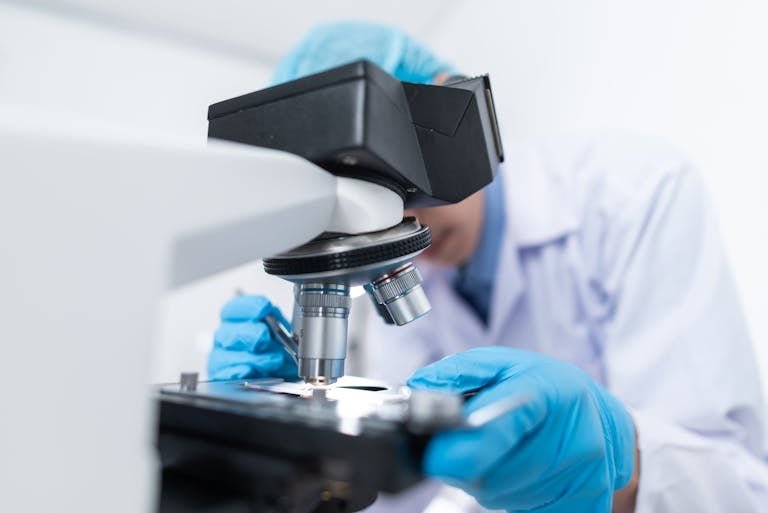How Nanotechnology is Revolutionizing Medicine and Treatments
Introduction
Nanotechnology is transforming the medical field by offering precise, effective, and personalized treatment methods. From drug delivery systems to tissue regeneration, these microscopic innovations have the potential to redefine healthcare globally. In this article, we explore how nanotechnology is reshaping medicine, its applications, and the challenges it faces.
Nanotechnology is transforming the medical field.

What is Nanotechnology in Medicine?
Nanotechnology involves manipulating materials on an atomic or molecular scale, typically between 1 and 100 nanometers. For perspective, a single human hair is about 80,000 nanometers wide.
Applications in Medicine:
- Drug Delivery: Targeting specific cells with minimal side effects.
- Diagnostics: Detecting diseases at the molecular level for early intervention.
- Regenerative Medicine: Repairing tissues and organs using nanomaterials.
Targeted Drug Delivery
One of the most promising uses of nanotechnology is in drug delivery systems. Traditional treatments like chemotherapy often harm healthy cells, but nanotechnology enables precision targeting of cancer cells, reducing side effects.
Example: Nanoparticles coated with antibodies can deliver chemotherapy drugs directly to tumors. This approach not only enhances the efficacy of the treatment but also minimizes damage to healthy tissues.
Key Benefits:
- Reduced drug toxicity.
- Increased treatment efficiency.
- Improved patient recovery times.
Early Disease Detection
Nanotechnology plays a crucial role in diagnostics, allowing for early detection of diseases like cancer, Alzheimer’s, and cardiovascular conditions. Nanosensors can identify biomarkers at incredibly low concentrations, enabling quicker and more accurate diagnoses.
Real-Life Application: Nanosensors in blood tests can detect cancer markers even before symptoms appear, improving survival rates.
Regenerative Medicine
Nanotechnology aids in tissue engineering and organ regeneration. Nanomaterials like hydrogels and nanofibers provide scaffolds that mimic natural tissues, supporting cell growth and healing.
Case Study: In 2024, researchers developed a nanofiber scaffold to repair damaged heart tissue, showing promising results in clinical trials.
Combatting Antibiotic Resistance
Antibiotic resistance is a growing global concern. Nanoparticles can deliver antibiotics directly to bacterial cells, bypassing resistance mechanisms.
How It Works:
- Nanoparticles penetrate bacterial membranes.
- They release antibiotics in a controlled manner.
- This reduces the chance of bacteria developing resistance.
Challenges in Nanomedicine
While nanotechnology offers immense potential, it also presents challenges:
- High Costs: Developing nanomedicine is expensive.
- Regulatory Hurdles: Approving nanotech-based drugs requires stringent safety evaluations.
- Ethical Concerns: The long-term effects of nanoparticles on the human body remain unclear.
The Future of Nanomedicine
Researchers are exploring combining nanotechnology with AI to further enhance drug delivery and diagnostics. Additionally, eco-friendly nanomaterials are being developed to minimize environmental impact.
Conclusion
Nanotechnology is revolutionizing medicine by providing innovative solutions to complex health problems. While challenges remain, the potential benefits far outweigh the risks. With continued research and investment, nanotechnology could redefine the future of healthcare.







